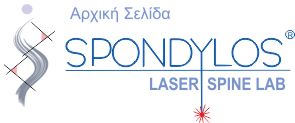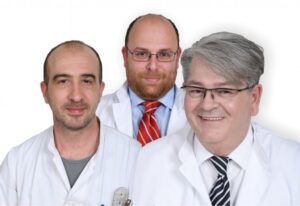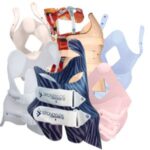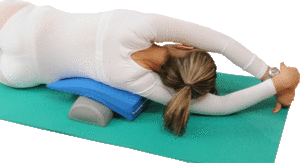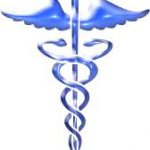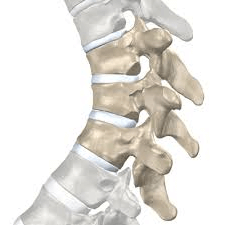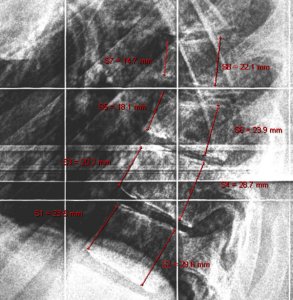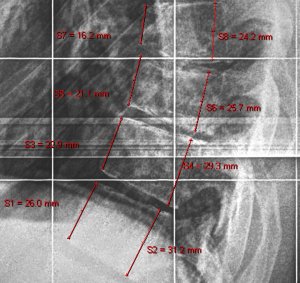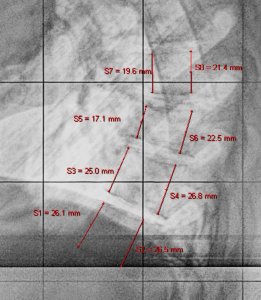They are also called overextending braces, since their role is to extend the back.
Brace for the adolescent Kyphosis Scheuermann type
The braces can be applied to children and adolescents with Scheuermann disease. This disease genetically causes a delay in the development of the anterior part of the vertebral body in 1 to 8 vertebrae. Usually in the thoracic region.
The whole idea is to decompress the anterior parts of the vertebrae from the vertical pressure and to accelerate their growth.
See the following example in two years of treatment for a teenager with Scheuermann disease.
Brace for Adult Kyphosis
In 2009 SPONDYLOS for the first time in the world faced adult kyphosis, with the combination of special exercises and kyphosis guardian.
The overextension created by the exercises in the body opens the anterior parts of the intervertebral discs.
The kyphosis brace maintains this result of the exercises.
Brace for stable compression fractures
Another use of the kyphosis brace is in cases of stable compression fractures of the spine. Due to the fracture an anterior deformity of the vertebral body is created.
When the fracture is fresh, that means the first 3 weeks and before it begins to heal, the use of brace helps in the proper regeneration of the vertebral body.
It also avoids further reducing its height by absorbing the hematoma and further compressing it.
Its use is absolutely appropriate in Osteoporotic fractures.
